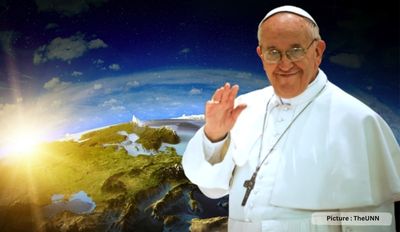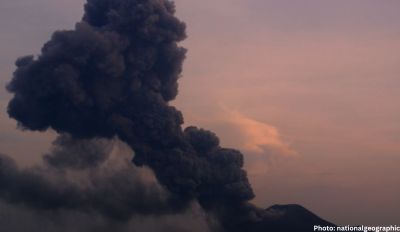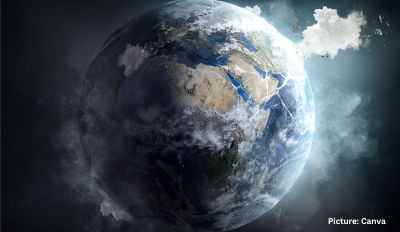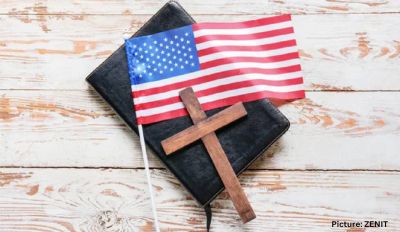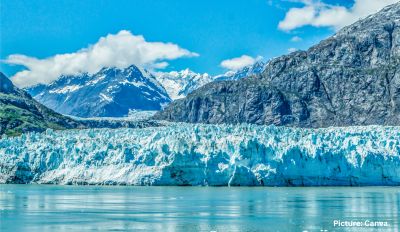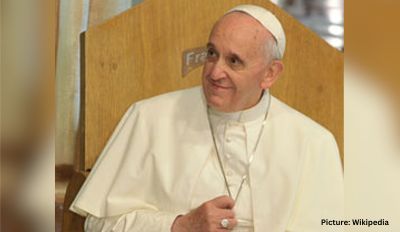It was clear from day one that Pope Francis was going to shake things up in the climate world. On March 13, 2013, the newly elected Pope, then Argentinian cardinal Jorge Mario Bergoglio, took the name Francis, after the 13th century saint of Assisi. Upon hearing the voice of Jesus instructing him to repair a collapsing chapel, St. Francis revitalized both the chapel and the Catholic Church while celebrating the natural world. It was like the new pope “heard the same message,” says Father Joshtrom Isaac Kureethadam, coordinator of the ecology and creation department at the Vatican’s ministry for promoting integral human development. “It was ‘Francis, Go and repair my house, which is falling into ruin.’ And it’s not just the Church, but planet earth, which, as we know, is in a very bad state.”
The Pope’s reign, now entering its 10th year, carries a mixed legacy—celebrated for his efforts to protect refugees and broaden the Church’s reach, marred by finance scandals and sexual assault cover-up controversies. But from a climate perspective, his efforts to repair the house of planet earth may be his most enduring.
What started as a quasi-mystical nod to St. Francis, patron saint of ecology and animals, quickly morphed into a well-constructed strategy to bring the world’s 1.2 billion Catholics into alignment on climate change. On June 18, 2015, he published Laudato Si’: On Care For Our Common Home , a landmark encyclical, or pastoral letter, to the entire Catholic congregation. The 184-page document lamented environmental degradation and global warming, critiqued consumerism and irresponsible development, and warned of “serious consequences for all of us” if current trends continued. The timing of the encyclical, released six months ahead of the pivotal U.N. climate conference in Paris, was calculated, according to Kureethadam, with a goal of convincing world leaders to set clear targets to limit global warming
“The impact was tremendous,” says Ottmar Edenhofer, director of the Potsdam Institute for Climate Impact Research in Germany, who served as co-chair of the U.N.’s Intergovernmental Panel on Climate Change in the eight years leading up to the 2015 negotiations. The document paved the way for an influential Vatican presence at the meetings, translating into strong climate commitments from the Polish and Latin American delegations. The Pope’s climate teachings, he says, were “a powerful symbol.”
Six years on, that influence is starting to wane. The controversies over the past 10 years—even if they don’t involve the Pope directly—have taken a toll. “When the Pope was elected, there was an enormous amount of goodwill,” says Edenhofer. “The world was ready for his message. But the Catholic Church is no longer a credible institution.” The Pope has repeatedly called on Catholic institutions worldwide to divest from fossil fuel investments, but not all have heeded his message.
Tomas Insua, the executive director of the Laudato Si’ Movement, a climate advocacy and activism network that sprung up in the wake of the encyclical, agrees that the Church as a whole could do much more in terms of divestment. But that doesn’t mean that the Pope’s climate message has faded. If anything, says Insua, he was the spark that launched a global climate movement that now counts nearly 1,000 Catholic organizations and parishes in 150 countries. “Care for the climate, care for the earth, this is now part of the Church teachings. People around the world are taking up the message and turning it into real action. That is his legacy, and it will endure.” (TIME.COM)

